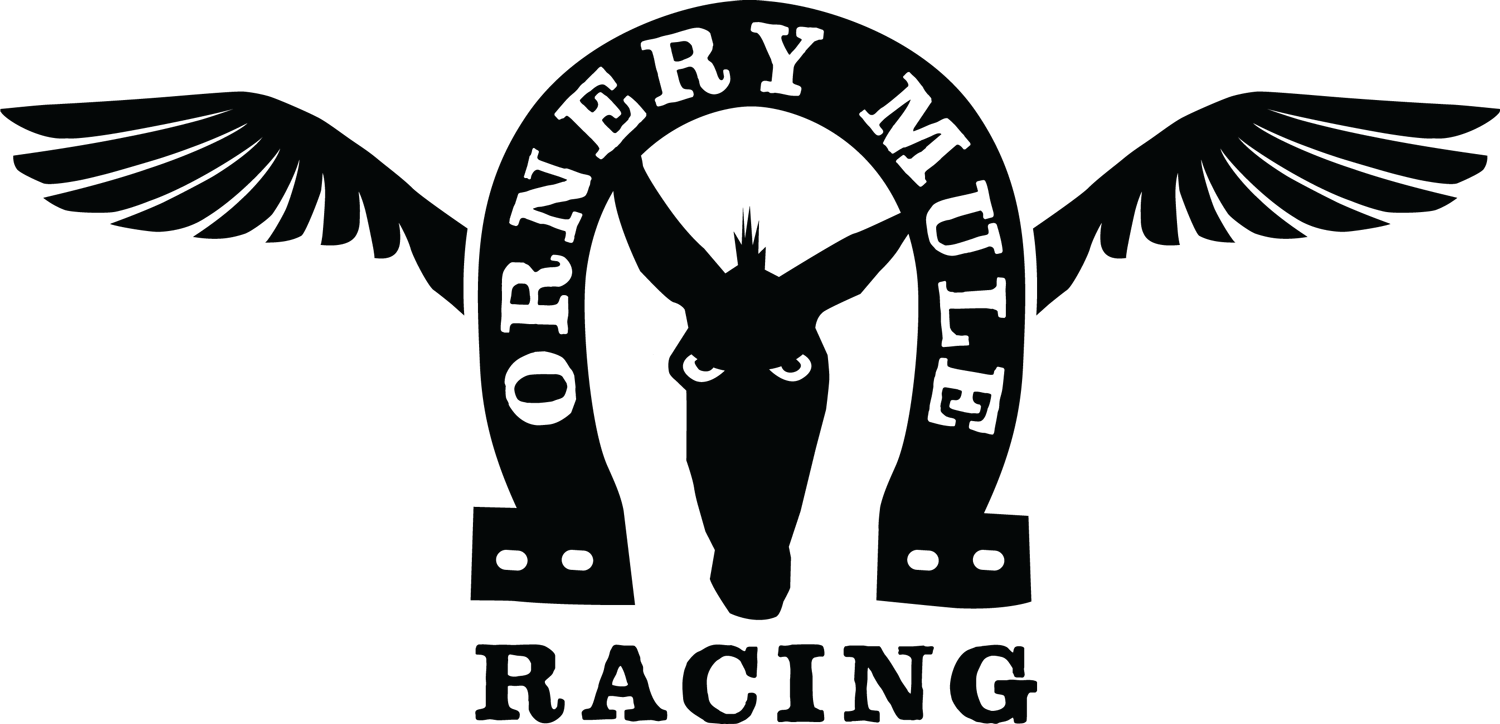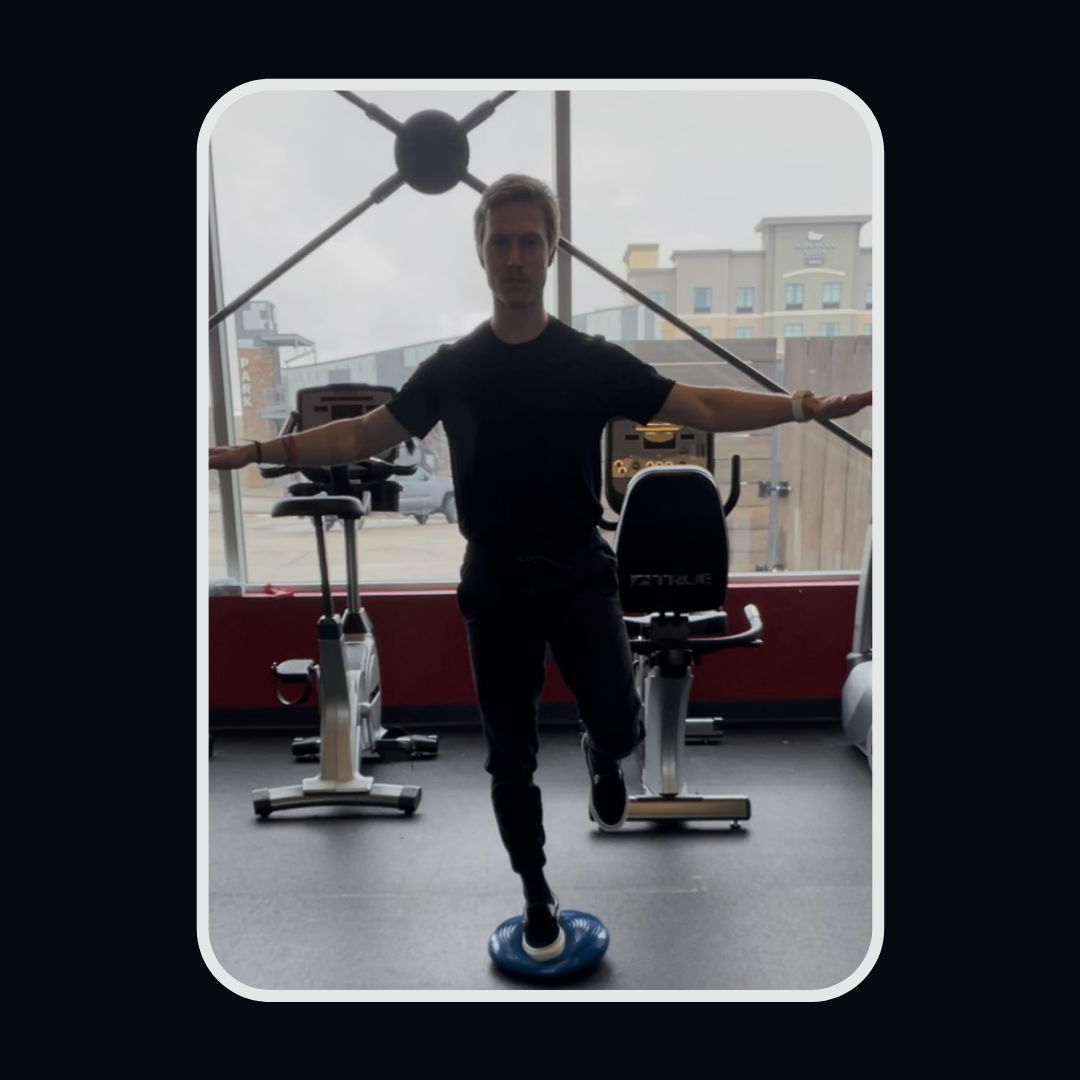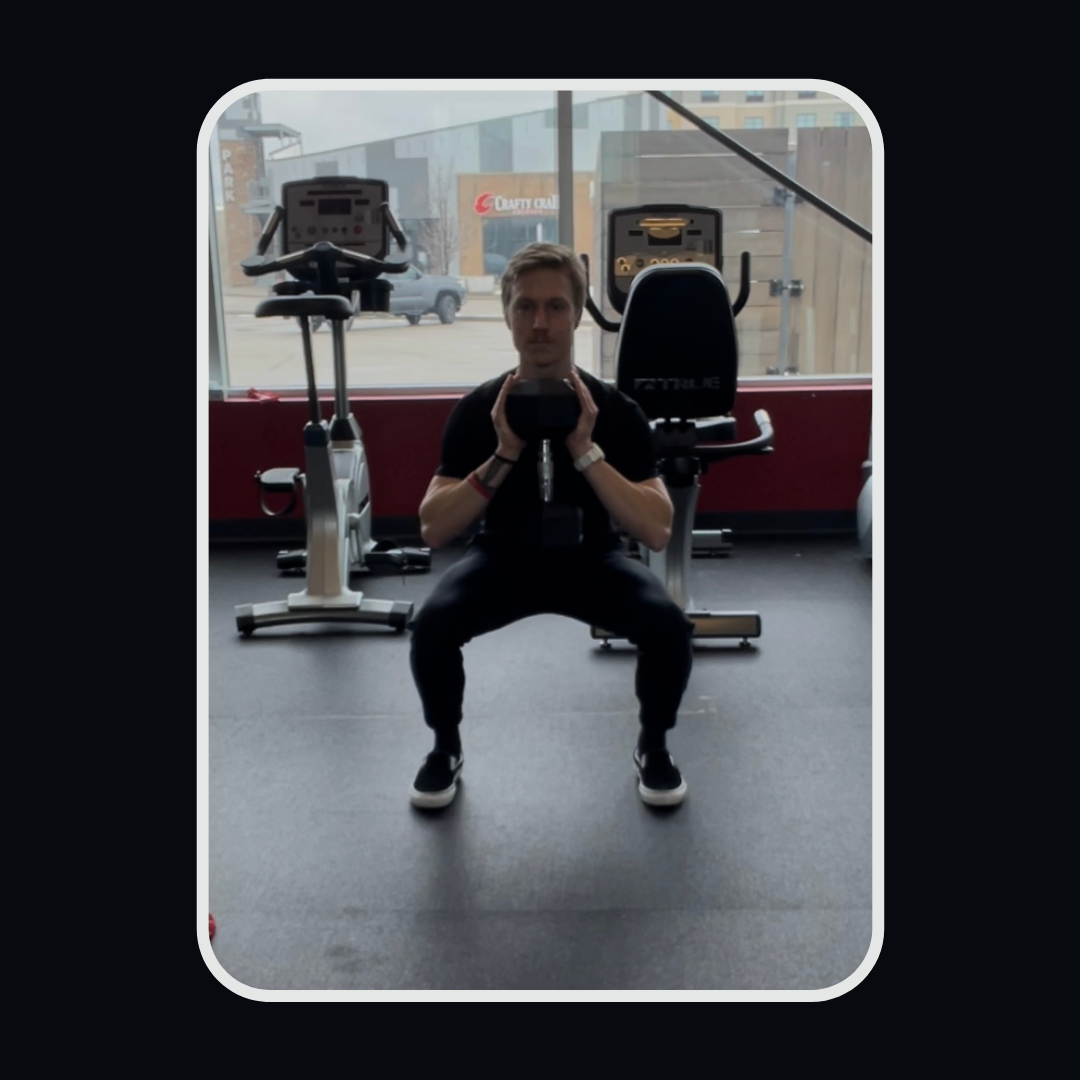Strong Body, Strong Stride
“Strength training” - a phrase that has the power to either entice or strike fear into the heart of the aspiring athlete. For those that are intimidated by the thought of touching a set of dumbbells, questions such as “what exercises do I do?”, “how much weight do I lift?”, or even “when is the best time to lift?” can be roadblocks that deter any further ambitions about gaining strength. These questions are all valid and should give one pause. After all, it’s in this pause that we reflect and are able to make informed decisions about our training-goals without haste.
I’m not here to make the case FOR strength training. There’s plenty of studies concluding that a periodized strength program can have performance enhancing effects. Most of us have heard this whether it’s been from our friends, coaches, or favorite podcast hosts. Rather, I’m writing today to offer a quick-hitting article that reveals a glimpse into how I would begin to think about where you are in your training and how, no matter where you’re at in your race schedule, there is a form of training out there that will enhance your race-day performance.
What is Strength Training in regards to running?
Loaded question - I know. Simply put, I define running-related strength training as any non-running activity that improves any physiologic limiter of your running performance.
(Nice nerd talk, Reese, but I came here for practical takeaways. What makes a “limiter” and how do I know where MY limiters are?)
I like to think of physiologic limiters as any weaknesses that can occur between the mind and muscles or the muscles and ground. A classic example of a muscle-ground weakness is the inability for a runner to produce enough power to maintain a running stride up an incline. In this example, a proper strength-program would be beneficial in aiding the runner’s ability to have enough muscular power to drive their feet into the ground and propel themselves up the hill.
A mind-muscle weakness can be demonstrated whenever a runner experiences trepidation running down a technical hill. This mind-muscle connection is an often overlooked aspect of strength training. The aforementioned runner may physically be able to move their limbs swiftly down the pitted trail, but if his/her mind cannot react in a timely manner and side-step the oncoming root-shoot, then catching a toe and going airborne is inevitable. This type of training can also relate to one’s balance ability.
Long story short - we can incorporate strength training to enhance our physical fitness AND mental engagement, with the caveat that strength training is a supplement to our running goals and not detract from our running-workouts.
How do we use strength training to meet us where we’re at in our training cycle?
This is good, we now have a general framework to begin to individualize your program. The next piece of the puzzle is when is your next event?
“My next race is in a few months”
Congratulations! You found this article with enough time to incorporate a very well-rounded strength training program. With a few months to go before your next A-event, now is the time to play around in the weightroom and begin to explore the ranges of motion that your body can give you. Runners can move forward quite well, but let’s use this time in the gym to also incorporate side to side movements, twisting movements, as well as a variety of pushing and pulling movements in both the upper and lower body.
With months to go before your next race, you can absolutely make good strength improvements without adding too much bulk in your muscle. This is the perfect time to begin workouts consisting of 3-5 big muscle movements in the 3 sets 10-15 reps model. Find a weight that is challenging, though not all out, and make sure you are demonstrating good control across all repetitions of all sets. Don’t worry, including this type of strength work 2-3 days per week while still running most days won’t increase your size.
Good exercises in this period of your training could include weighted squats, deadlifts, multidirectional lunges, sled drives, pushups, rows, overhead presses or any other modification thereof. These will increase your muscle-ground strength needs and lay the foundation for you to be able to impart more force into each step - given you are consistent with your weekly strength-routine. Add 5-10 minutes of light plyometrics like jump-rope or your favorite running drills to keep some pep in your step and you’re in proper form.
“My next race is in a few weeks”
With a few weeks to go, you’re now in “crunch time”. You have just enough time to think that adding strength may be beneficial, but not enough time to ease your way into it. This is the gray zone of incorporating strength where we REALLY don’t want to be too quick to add stress. With only a few weeks (4-6) until your next race, being fresh on race day is the most critical factor in how you should proceed with strength.
Here is my recommendation with only a few weeks to go, you want to focus on movements that won’t cause lingering stiffness yet still aid in performance.
The two main ways to do this - body weight training and balance training.
Body weight strength training is fairly straight-forward. The odds of unintentionally eliciting any soreness is far lower with body weight exercises than adding load. In addition, the benefits of moving the joints in ranges not experienced while running will help keep them hydrated and lubricated while making the muscles work in patterns that will likely feel good. Any closed-chain exercises will accomplish this including pushups, planks, side planks, reverse planks, body squats, dips, toe-touches, animal flows, yoga, and any modification thereof.
The focus of these strength sessions is to explore your joints’ range of motions. Just like above 2-3 days per week is just fine. Try accumulating at least 20-40 minutes of movement in these sessions and you’ve got your bases covered.
On the other hand, balance training is extremely effective in increasing race-day performance and won’t impart any muscular fatigue. How does this work? While most strength training focuses on the muscles, balance training focuses on the mind’s ability to control the muscles - much like skill acquisition. Here we are increasing the brain’s ability to skillfully maneuver its current level of strength and therefore your balance is highly adaptable. Name a trail runner that wouldn’t benefit from better balance while bombing down a highly technical descent, I sure can’t!
This type of training doesn’t have to be terribly complex, it can be improved upon by gathering a total of 5-10 minutes in a challenging single-legged position per session. Examples of this could look like a basic single-legged balance. Add a foam-pad, air-disc, half foam roller, or wobble board under your stance foot for extra difficulty. Bonus points if you can do any balance activity with your eyes closed! You can even get some balance training in your next run by trying to walk (or run) on the edge of a curb or parking block.
Zero muscular stress, zero soreness, and better foot-control - balance training is a wonderful tool to add to your athletic arsenal.
Takeaways
Strength training is beneficial no matter when your next goal race is, as long as it doesn’t detract from your run-training. Further out from your event you can take more liberty with adding weighted activities. Closer to the event you want to be more conservative with your non-running movement while still exploring your joints’ ranges of motion.
Most importantly, balance training is very productive when it comes to increasing footstrike control while inducing little to no soreness. Balance training requires such a little amount of investment for a huge amount of gain. Use balance training at any opportunity.
What do you think?
I love a good conversation about running, goals, and strength training. Like any type of training, there are nuances and contingencies that I can’t get into here. If you think this post was long, imagine how many pages it would take to really get into the weeds!
Drop me a line if you want to open up about YOUR goals or if you have any constructive criticisms. I’m always game to discuss all the minutiae that goes into peak performance.
Reese Slobodianuk.
B.S. Kinesiology, nutritional minor











